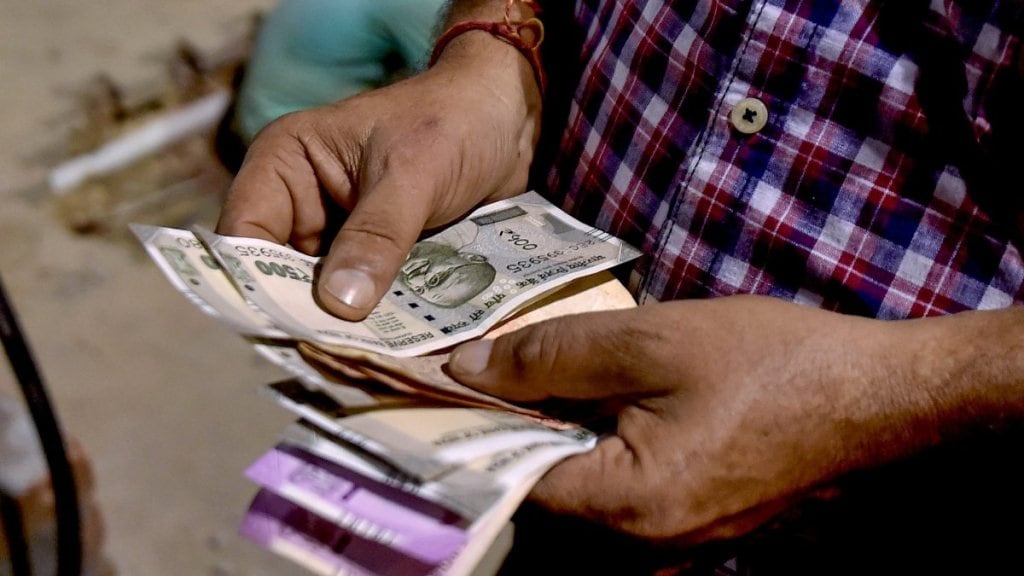Microfinance institutions are gradually shifting to individual lending from joint liability group(JLG) as Reserve Bank of India’s (RBI) relaxation of norms has provided an opportunity to cater to a wider customer base.
“Some MFIs have diversified their offerings to include both individual and group lending options to accommodate a broader range of customer requirements and adapt to fluctuating market conditions,” HP Singh, chairman and managing director, Satin Creditcare Network said, adding that the choice of business model is contingent on regional demand, regulatory requirements, and the lender’s propensity for risk.
In the master directions released on March 2022, RBI has removed the caps on pricing of loans by non-banking financial companies-microfinance institutions (NBFC-MFI) and brought them on par with other lenders including banks.
As per the RBI’s norms, all collateral-free loans extended by a lender to a borrower with an annual household income worth up to Rs 300,000 will be included in the microfinance category.
A lender qualifying as an NBFC-MFI can extend up to 25% of the loan book to borrowers outside the microfinance category. Previously, the limit was 15%.
The latest microfinance norms came at a time when the sector had not put the entire impact of COVID-19 behind it. The latest norms have provided an opportunity for these lenders to expand their target base.
Hence, various NBFC-MFIS are in increasingly diversifying into the individual segment even as the JLG model continues to be a mainstay of the microfinance segment, say experts.
“In terms of product profile, JLG loans currently dominate the portfolio mix. However, with the new RBI guidelines, we are increasingly witnessing a shift towards individual lending,” CareEdge Ratings said, adding that RBI’s new regulation of increasing household income to Rs 300,000 has given NBFC-MFIs an opportunity to expand their target market.
A JLG is an informal group comprising four to 10 individuals coming together for the purpose of availing a loan on an individual basis or through a group mechanism against a mutual guarantee. These individuals are typically engaged in a similar type of economic activity.
The JLG model is particularly popular in rural and underserved areas where collective responsibility and community dynamics play a significant role in loan repayment.
In recent times, various lenders have capped their lending limits under JLG model in order to reduce the burden of repayment on borrowers. Hence, various microfinance companies are considering the option of providing finance on an individual basis where the required loan amount is higher, say experts.
“If a time tested borrower needs more money, it may not be possible through group lending form. Also such loans may exceed micro credit norms. In such cases MFIs may consider lending on an individual mode also,” Jiji Mammen, chief executive officer and executive director, Sa-Dhan said, adding that these loans will be qualified as non-qualified assets, where the cap is now 25% of the overall portfolio.
The underwriting of loans under the JLG model is based on the group’s collective strength, shared responsibility for loan repayment and feedback from other group members. On the other hand, underwriting of individual borrowers is done on the basis of their credit history and income verification.
While the microfinance industry has seen improvement in overall asset quality, increasing customer indebtedness, rising average ticket size and a gradual shift from the JLG model to individual loans pose the risk of overleveraging.
Given the intrinsic characteristics of the asset class, experts feel that NBFC MFIs are particularly susceptible to event-based risks, encompassing political vicissitudes, geographical uncertainties, and susceptibility to natural adversities.
“The concurrent challenge is managing growth alongside credit quality, which warrants meticulous observation,” CareEdge Ratings said.

